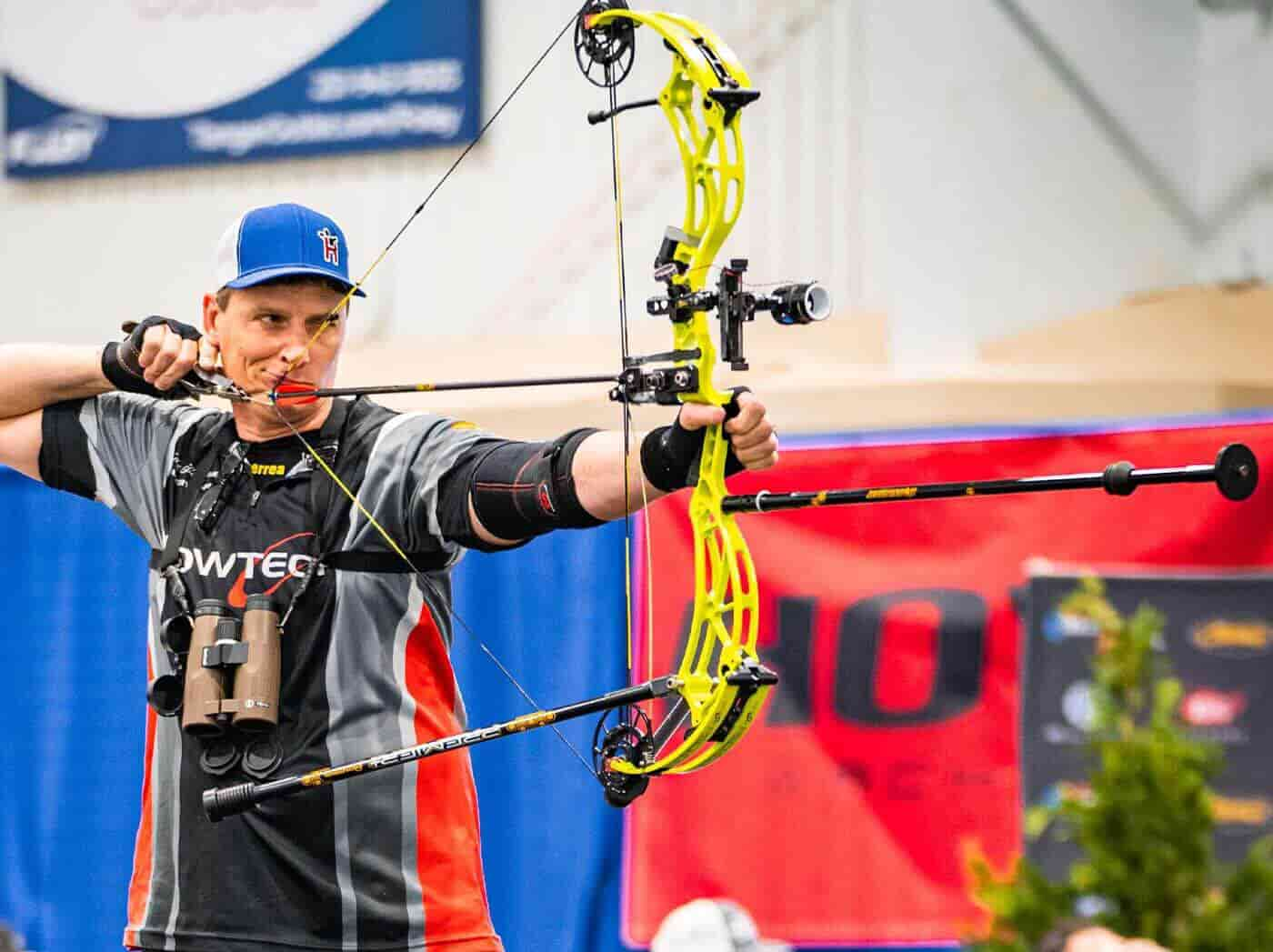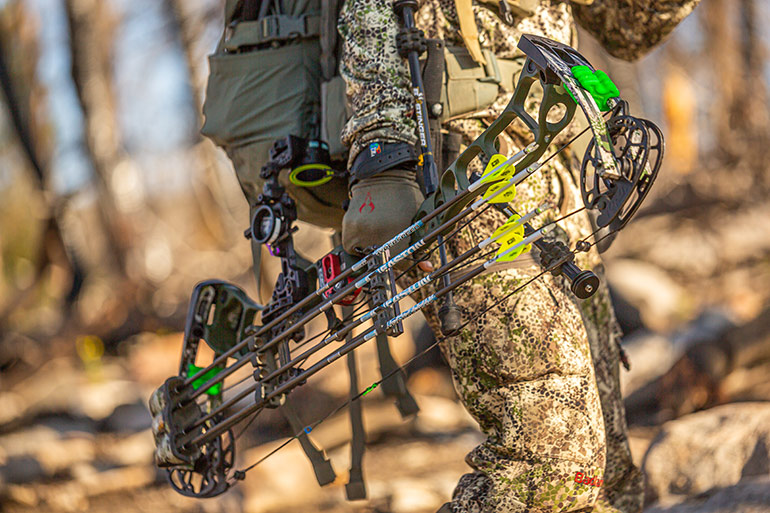The Ultimate Guide to Selecting the Right Archery Stabilizer for Enhanced Accuracy
Amongst the various accessories offered, an archery stabilizer plays a significant function in improving accuracy. In this comprehensive guide, we will certainly check out the essential elements to think about when choosing an archery stabilizer for enhanced accuracy. Whether you are a seasoned archer looking to update your equipment or a newbie seeking advice, join us on this trip as we unwind the secrets to choosing the perfect archery stabilizer.
Size: Discovering the Optimal Stabilizer Size
When selecting an archery stabilizer for optimum efficiency,Figuring out the suitable stabilizer length is crucial. The size of a stabilizer directly influences the balance, security, and accuracy of the bow. A stabilizer that is too long can make the bow really feel hard and top-heavy to manage, while a stabilizer that is too brief may not offer sufficient stability and dampening of resonances. Finding the right length calls for taking into consideration aspects such as the archer's shooting style, bow weight, and individual preference.
A longer stabilizer, usually varying from 8 to 12 inches, can offer higher stability and decrease bow torque. This is specifically useful for archers that shoot with a high draw weight or those that have a tendency to torque the bow throughout the shot. The added size helps to distribute the weight uniformly and counterbalance any torque or movement.
On the other hand, a much shorter stabilizer, usually between 4 to 7 inches, offers much more ability to move and quicker action. It is favored by archers who shoot with a reduced draw weight or those who need even more flexibility, such as seekers or 3D shooters. The shorter size enables for much easier motion via limited rooms and faster modifications.
Eventually, the ideal stabilizer length is an issue of individual choice and shooting design. It is suggested to trying out various sizes and observe the results on security and precision. Consulting with seasoned archers or specialists can additionally provide important insights and suggestions.
Weight: Figuring Out the Appropriate Stabilizer Weight
After considering the ideal stabilizer length, the next essential aspect to think about when selecting an archery stabilizer is figuring out the ideal stabilizer weight - archery stabilizer. The weight of the stabilizer plays an important duty in enhancing accuracy and stability during the shot
The weight of the stabilizer affects the balance and control of the bow. A much heavier stabilizer can give raised stability and control, particularly for shooters with a tendency for unsteady hands or irregular shots. It helps to soak up the resonances and recoil produced by the bow, reducing torque and decreasing the impact on the arrow's trip.
On the other hand, a lighter stabilizer allows for a quicker and more receptive bow. It can be helpful for shooters who prioritize ability to move and rate over stability. Lighter stabilizers additionally lower fatigue throughout long shooting sessions or competitors.
To figure out the suitable stabilizer weight for your demands, it is crucial to consider your shooting design, physical toughness, and bow setup. Trying out different weights and observing the effect on your shooting efficiency is essential to discovering the perfect balance.
Ultimately, the ideal stabilizer weight will vary for each and every private archer. It is recommended to begin with a modest weight and make modifications based upon personal choice and shooting results. Bear in mind, the goal click to read is to achieve a regulated and stable shot, while also maintaining comfort and convenience of use.
Materials: Picking the Right Products for Sturdiness and Performance
When choosing an archery stabilizer, it is important to very carefully think about the products utilized in its construction to make certain longevity and enhance efficiency. The choice of materials can greatly affect the total quality and effectiveness of the stabilizer.
One of one of the most commonly used materials for stabilizers is carbon fiber. Carbon fiber uses a high strength-to-weight proportion, making it light-weight yet incredibly strong. This material decreases and takes in resonances bow torque, causing improved stability and accuracy. Additionally, carbon fiber stabilizers are resistant to temperature level adjustments and are less likely to warp or bend over time.
One more popular material for stabilizers is aluminum. Light weight aluminum stabilizers additionally provide a broad range of customization options, allowing archers to change the weight and size to match their preferences.
Some stabilizers are created using a mix of materials. For example, a stabilizer may have a carbon fiber core covered in a light weight aluminum shell. This hybrid style incorporates the most effective high qualities of both products, giving ideal stability, toughness, and efficiency.
Design: Recognizing the Different Stabilizer Layouts and Their Effects
Considering the products made use of in archery stabilizers, it is essential to now dig into the different layouts of stabilizers and their particular impacts. The layout of find out an archery stabilizer plays an essential function in enhancing accuracy and lowering vibration during the shot. There are a number of different designs readily available out there, each with its very own special characteristics.

One more preferred layout is the side bar stabilizer. This layout involves affixing a brief rod sideways of the bow, parallel to the main long rod. Side bar stabilizers assist in counteracting the weight of accessories, such as sights or quivers, and give extra security to the bow.
Some stabilizers come with flexible weights. These stabilizers allow archers to tweak the balance and feeling of their bows by including or removing weights. This feature is especially helpful for archers who favor a details weight distribution or want to experiment with various arrangements.
In read what he said addition, some stabilizers incorporate wetting technology to reduce resonance and noise. These stabilizers usually have integrated dampeners or use products that soak up vibrations, leading to a smoother and quieter shot.

Accessories: Exploring Extra Accessories for Enhanced Security
To even more improve stability in archery, extra devices can be utilized. These accessories are made to operate in combination with the archery stabilizer to offer an even better level of stability and accuracy. One such device is the V-bar or the side stabilizer place. This device permits the attachment of a second stabilizer, which aids to reduce and stabilize the bow torque. By dispersing the weight evenly on both sides of the bow, the V-bar assists to decrease any type of unwanted movement during the shot.
Another device that can boost stability is a bow sling. A bow sling is a strap that attaches to the bow and allows the archer to maintain an unwinded grip on the bow deal with without the worry of dropping it (archery stabilizer). This loosened up grip helps to decrease muscular tissue stress and allows for a more consistent and secure shot
Furthermore, a stabilizer weight system can be made use of to make improvements the equilibrium and stability of the bow. These weight systems commonly include tiny weights that can be added or removed from the stabilizer to readjust the equilibrium point of the bow. By finding the optimum equilibrium point, archers can achieve an extra steady and precise shot.
Verdict
In final thought, choosing the right archery stabilizer includes thinking about factors such as length, weight, products, style, and extra accessories. The optimal stabilizer size and weight will certainly depend on specific choices and shooting design.
Identifying the excellent stabilizer length is vital when picking an archery stabilizer for optimum performance. A stabilizer that is too long can make the bow feel hard and top-heavy to regulate, while a stabilizer that is too short may not offer sufficient security and dampening of resonances - archery stabilizer.Taking right into account the products made use of in archery stabilizers, it is vital to now delve into the various styles of stabilizers and their particular results. Side bar stabilizers assist in counteracting the weight of devices, such as quivers or views, and supply extra security to the bow
These weight systems normally are composed of tiny weights that can be included or eliminated from the stabilizer to change the balance point of the bow.